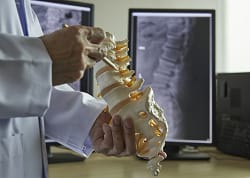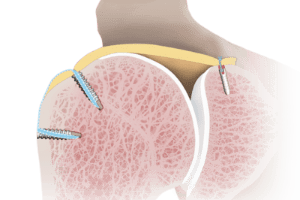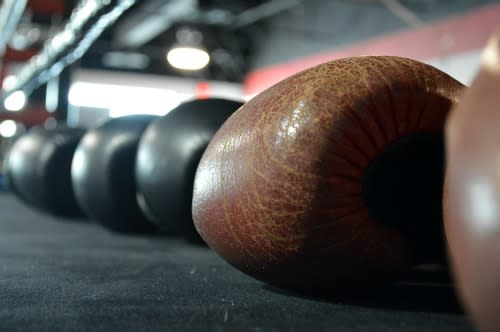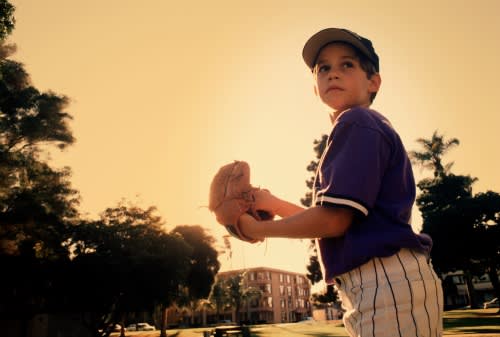By Rebecca Peterson, MS, ATC
While recently watching the World Cup on TV you may have heard many injury updates, including news of knee, muscle and joint injuries – not to mention concussions, which have certainly come to the forefront of youth sports in recent years. In fact, a recent research article published in the American Journal of Sports Medicine focused on the rate of concussions over a 7 year period. The author's noted that all sports were examined, but particularly 5 out of 9 sports studied have statistically significant rate increases for concussions -- with the highest occurrence in girls' soccer and football. Why is that? Here are a few reasons to explain such a significant jump:
Education, Prevention and Early Recognition are key to the successful treatment of concussion. When in doubt, sit out and seek an evaluation from a health care professional trained in concussion management.
*Rosenthal JA, Foraker RE, Collins CL, Comstock RD. National High School Athlete Concussion Rates From 2005-06 to 2001-12. American Journal of Sports Medicine: published online, April 16, 2014.
While recently watching the World Cup on TV you may have heard many injury updates, including news of knee, muscle and joint injuries – not to mention concussions, which have certainly come to the forefront of youth sports in recent years. In fact, a recent research article published in the American Journal of Sports Medicine focused on the rate of concussions over a 7 year period. The author's noted that all sports were examined, but particularly 5 out of 9 sports studied have statistically significant rate increases for concussions -- with the highest occurrence in girls' soccer and football. Why is that? Here are a few reasons to explain such a significant jump:
- EDUCATION EFFORTS: Over the last five years, there has been a significant increase in awareness of what concussions are, their dangers and signs to look for. The CDC released a nationwide education initiative in ("Heads Up") 2004, where coaches who have received that training have reported more knowledge about the topic and have changed how they prevent and manage the injury.
- LEGISLATIVE EFFORTS: The first concussion law was passed in Washington State in 2009, where researchers noted an increase in rates since. Today, all 50 states and Washington, DC have passed legislation around concussion management. While difficult to directly connect the increase in concussion rates to laws passed, the authors do speculate a correlation.
- INCREASE IN MEDICAL OVERSIGHT: Authors also noted from a study by Lincoln, et, al, the high schools that participated in their study increased medical staffing at the schools, going from two part-time Athletic Trainers to one full-time Athletic Trainer and one part-time Athletic Trainer, increasing the number of practices and games covered by a health care professional trained in the recognition and management of concussions, which leads to more reporting and documentation of injuries.
- AWARENESS: Among athletes, their own awareness and increase of reporting of signs and symptoms of a concussion have increased. As many symptoms of concussion are subjective to the patient, it is critical that they know what they are and seek medical attention after receiving an impact that may have caused a concussion. In the past, these symptoms would often go unreported, managed improperly and delayed healing.
Education, Prevention and Early Recognition are key to the successful treatment of concussion. When in doubt, sit out and seek an evaluation from a health care professional trained in concussion management.
*Rosenthal JA, Foraker RE, Collins CL, Comstock RD. National High School Athlete Concussion Rates From 2005-06 to 2001-12. American Journal of Sports Medicine: published online, April 16, 2014.
Featured Expert/ Author






















